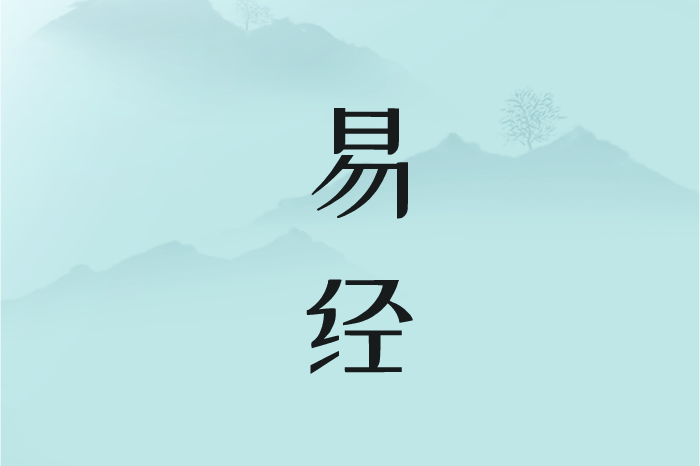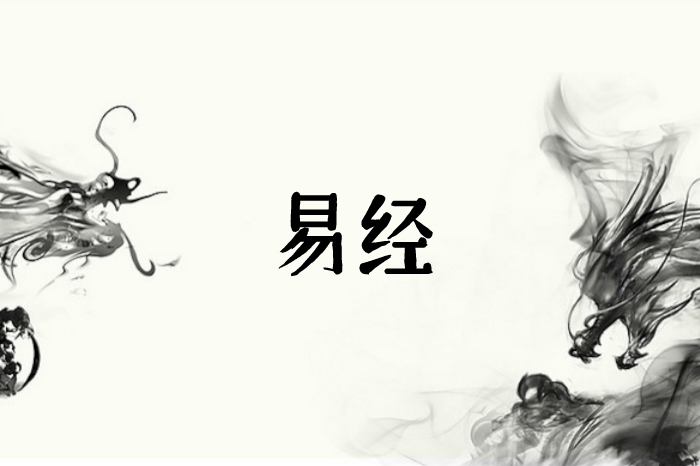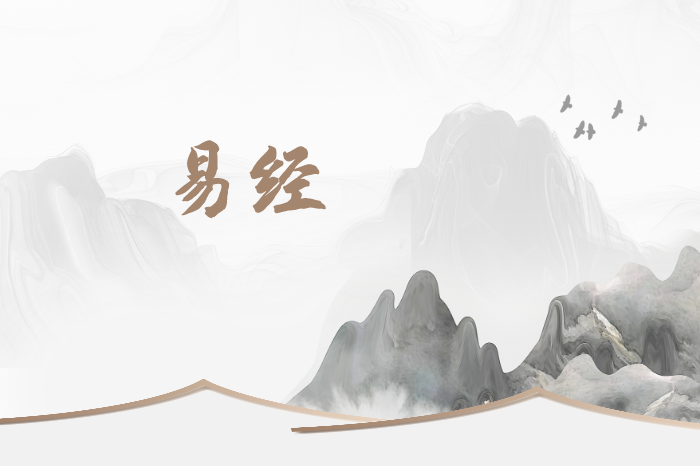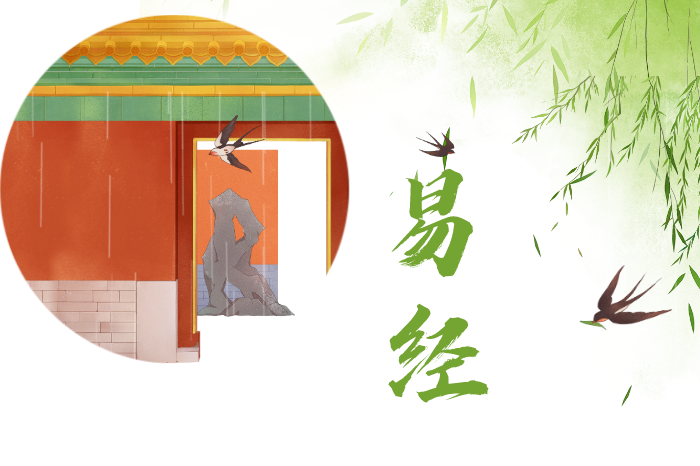Zhouyi, also known as the Book of Changes, is one of the oldest and most influential classics in Chinese history. It is a text that embodies the philosophy and cosmology of ancient China, providing guidance on matters related to divination, astrology, philosophy, and morality. The central principles of Zhouyi offer profound insights into the fundamental nature of the universe and our place within it. In this article, we will explore the key concepts in Zhouyi and provide an English translated version for better understanding and accessibility.
Introduction to Zhouyi
Zhouyi, written during the Western Zhou Dynasty (1046-771 BC), is a compilation of texts that were handed down through generations. It is believed to have been written by the legendary Emperor Fu Xi and later expanded upon by other scholars. Zhouyi consists of 64 hexagrams, each composed of six stacked horizontal lines, either broken (yin) or unbroken (yang). The combination of these lines represents different natural phenomena and life situations. By interpreting these hexagrams, one can gain insights into the past, present, and future.
The Yin and Yang
One of the central principles of Zhouyi is the concept of yin and yang. Yin represents the feminine, dark, and passive aspects of the universe, while yang represents the masculine, bright, and active aspects. These two opposing forces are not seen as separate entities, but rather as complementary and interdependent. In Zhouyi, the interaction and balancing of yin and yang are regarded as essential for harmony and stability.
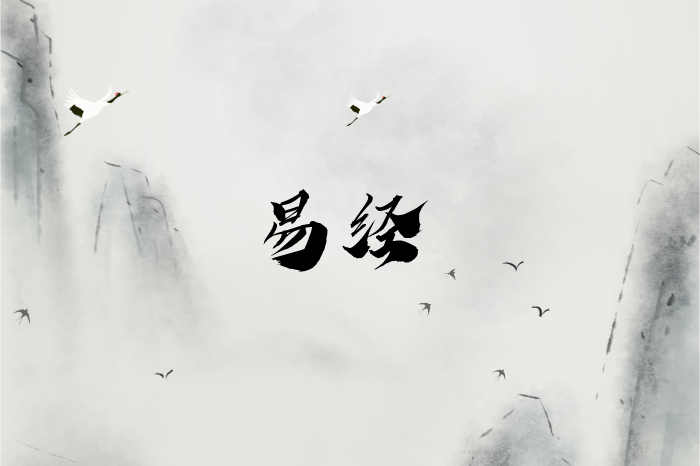
The Eight Trigrams
Another fundamental concept in Zhouyi is the eight trigrams. Each trigram consists of three stacked lines, either broken or unbroken. These trigrams symbolize various natural elements, such as heaven, earth, lake, fire, thunder, wind, water, and mountain. By combining these trigrams, one can create the 64 hexagrams. The eight trigrams reveal the underlying patterns and principles of the universe, providing a framework for understanding the complexities of life.
The Principle of Change
Zhouyi emphasizes the idea that change is the only constant in the universe. This principle is represented by the hexagram called “Zhun,” which signifies the gradual development and transformation of all things. Nothing remains stagnant, and everything is in a constant process of change. Understanding this principle allows us to adapt and respond to the ever-changing circumstances of life.
The Principle of Balance
Balance is a key theme in Zhouyi. It emphasizes the importance of maintaining equilibrium in all aspects of life. Just as yin and yang need to be balanced, so do various facets of our existence. Zhouyi teaches that imbalance leads to disharmony and instability, while balance fosters harmony and well-being. By striving for balance, we can achieve a state of contentment and fulfillment.
The Principle of Mysterious Connection
According to Zhouyi, everything in the universe is interconnected. This principle is exemplified in the hexagram “Bi,” which represents the mystery of the unbreakable bond between all beings and things. Zhouyi teaches that we are not isolated individuals but part of a vast cosmic web. Recognizing this interconnection helps us cultivate empathy, compassion, and a sense of responsibility towards others and the world around us.
Conclusion
Zhouyi’s central principles provide valuable insights into the workings of the universe and the human experience. Translating these concepts into English enables a wider audience to access and appreciate the profound wisdom contained within this ancient text. By understanding the key concepts of yin and yang, the eight trigrams, the principle of change, balance, and mysterious connection, we can gain a deeper understanding of ourselves and our place within the vast tapestry of existence. Zhouyi encourages us to embrace change, seek balance, and cultivate a sense of interconnectedness, ultimately leading to a more harmonious and fulfilling life.
